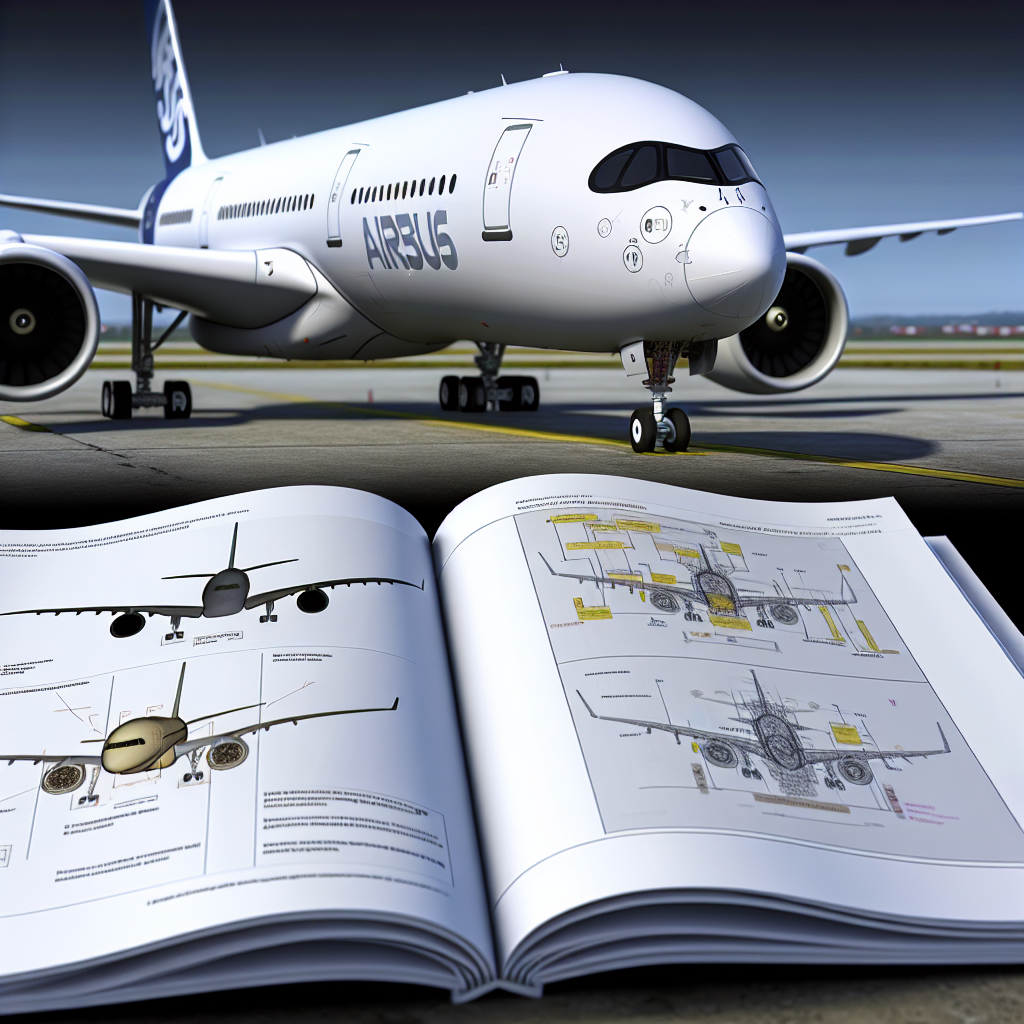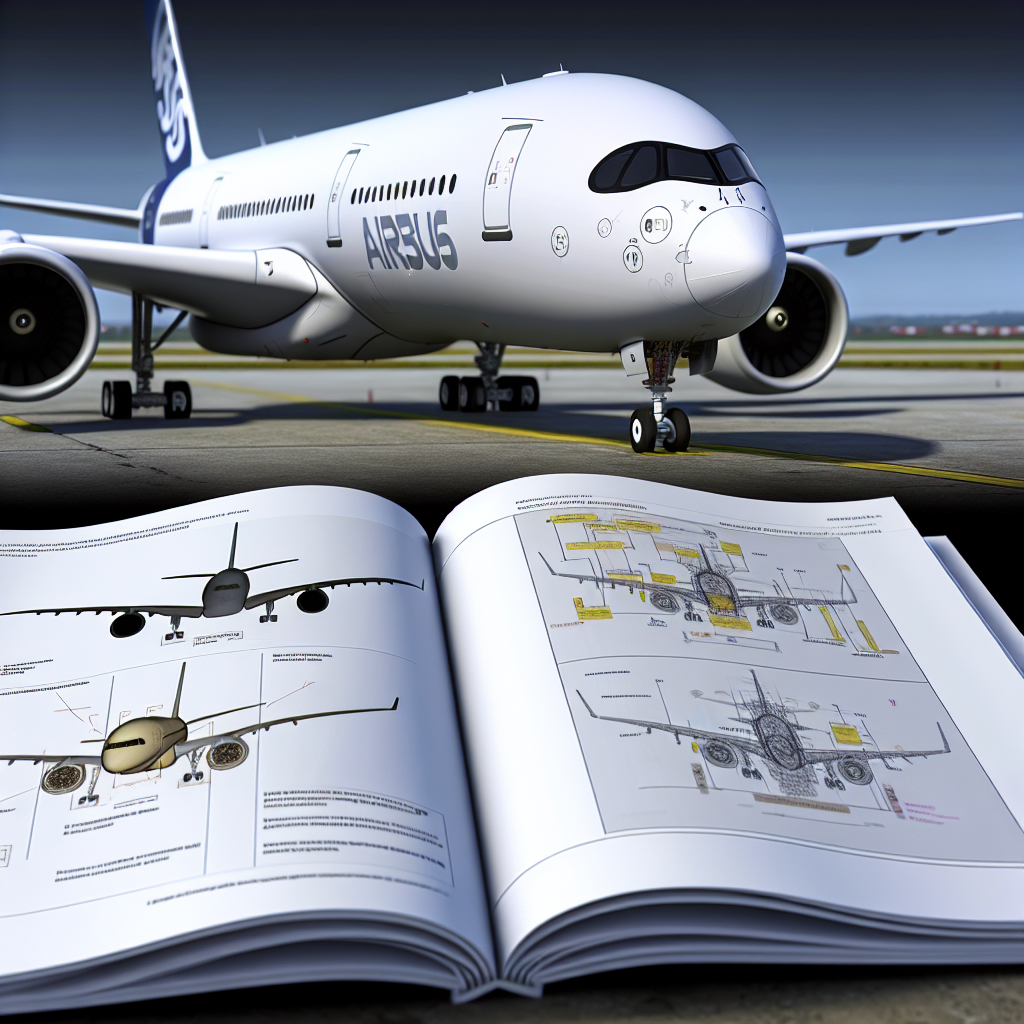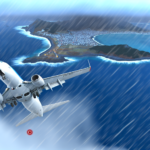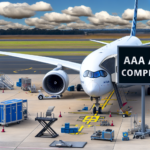WASHINGTON- The Federal Aviation Administration (FAA) has announced a new airworthiness directive that affects all Airbus A350-900 and A350-1000 aircraft. This directive mandates necessary changes to the Aircraft Flight Manual (AFM) due to identified incorrect taxi time limits in freezing fog conditions, presenting a potential safety hazard.
This new requirement will impact operations at various U.S. airports, including Hartsfield-Jackson Atlanta International (ATL), and it impacts 32 U.S.-registered aircraft, especially those operated by Delta Air Lines (DL). Compliance with this directive is required by August 5, 2025.
The FAA’s final rule, AD 2025-13-03, requires updates to Airbus A350 manuals to amend the cumulative taxi time limits for operations in freezing fog conditions.
The agency pointed out that the error could lead to increased engine surges during taxi operations, particularly during critical phases of flight, heightening the risk of control issues for the aircraft.
This directive aligns with European Union Aviation Safety Agency (EASA) AD 2024-0190, which initially flagged the error in October 2024. The FAA confirmed inaccuracies in the Airbus AFM that could compromise safe aircraft taxiing in fog-prone conditions.
Airlines affected by this directive must update their AFM in accordance with Airbus Document Unit (DU) revisions that align with EASA’s guidelines. Operators are not mandated to provide additional crew briefings, as current FAA operating rules already encompass these procedures.
Minimal Costs but High Safety Impact
The FAA projects that a total of 32 A350s registered in the U.S. will need manual updates. Since no hardware modifications or additional parts are required, the burden of compliance is relatively light—estimated at around $85 per aircraft for labor.
The changes necessitate approximately one hour of work per aircraft, resulting in a total cost of $85 per aircraft. This brings the estimated overall cost to U.S. operators to approximately $2,720.
While the financial implications are modest, the potential safety benefits are substantial. It is vital to ensure that procedural guidelines are precise in adverse weather conditions like freezing fog to maintain engine reliability and overall flight safety.
As of now, Delta Air Lines (DL) is the sole U.S. carrier operating the A350 fleet.
The Air Line Pilots Association (ALPA) was the only organization to comment during the notice period, fully endorsing the directive without requesting any changes. Airlines must adhere to the compliance deadline unless modifications have already been made, as noted by AirlineGeeks.
Origin of the Directive and Safety Justification
This FAA AD was instigated by a technical assessment executed by EASA, which revealed that the AFM’s specified taxi time in freezing fog conditions could prompt dangerous engine behavior.
The risk of engine surges in such scenarios could potentially lead to a loss of thrust or control during critical phases including taxi, takeoff, or climb-out.
This action taken by the FAA underscores the necessity of harmonized global safety standards and signifies a continued partnership between U.S. and European aviation regulators. Operators are encouraged to review the Notice of Proposed Rulemaking (NPRM) and provide feedback prior to final implementation.
Stay updated with us. Also, follow us on social media for the latest developments.
Join us on Telegram Group for the Latest Aviation Updates and follow us on Google News.

Based on an article from aviationa2z.com: https://aviationa2z.com/index.php/2025/07/02/faa-mandates-airbus-a350-manual-revisions/?utm_source=rss&utm_medium=rss&utm_campaign=faa-mandates-airbus-a350-manual-revisions



